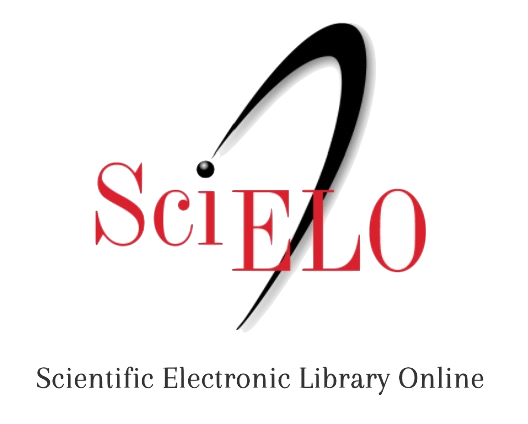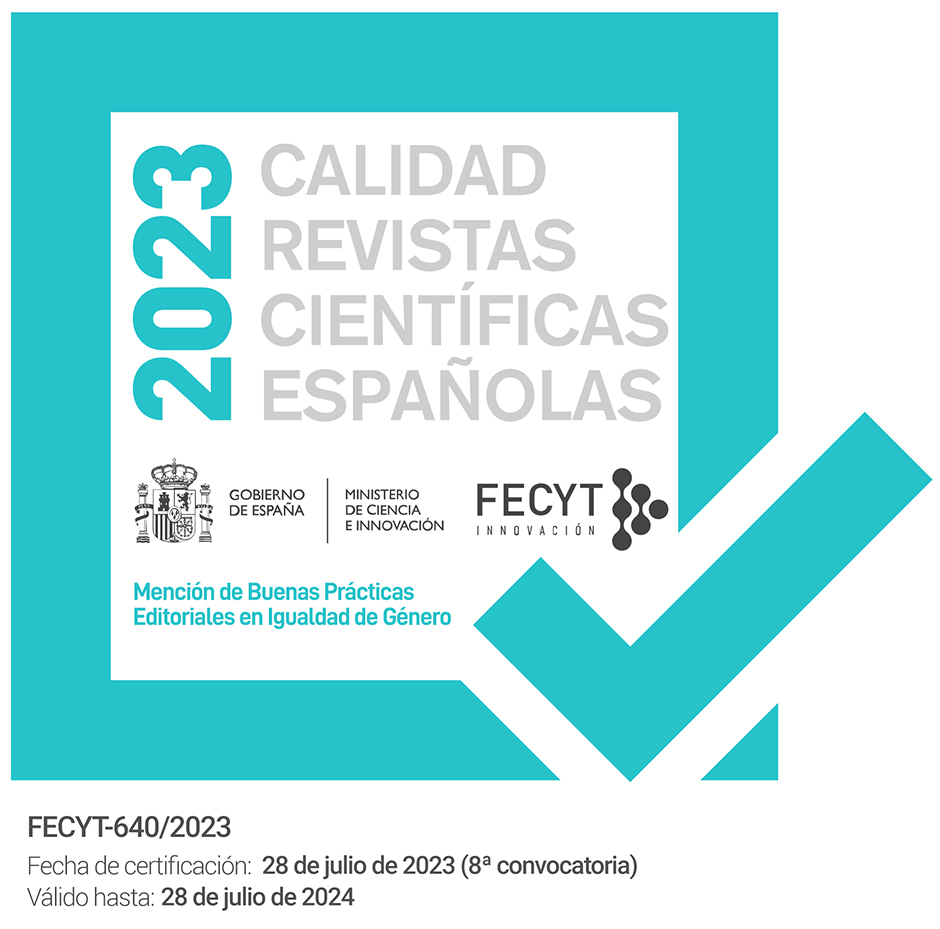Submissions
Submission Preparation Checklist
As part of the submission process, authors are required to check off their submission's compliance with all of the following items, and submissions may be returned to authors that do not adhere to these guidelines.- The article has been adapted to the journal's templates for the preparation of manuscripts.
- The cover letter has been entered as a text in “Comments to the editor” section.
- Web addresses and DOI identifiers have been added for references where possible.
- The file sent is in OpenOffice, Microsoft Word, RTF, or WordPerfect format.
- The petition has not been previously published, nor it has been submitted to another journal (or an explanation has been provided in “Comments to the editor”).
- The text complies with the bibliographic and Vancouver style requirements stated in the Author Guidelines, which can be found in About the Journal.
Originales
Son artículos de investigación observacionales o experimentales escritos en formato IMRDC (Introducción, métodos, resultados, discusión y conclusiones).
Estructura y extensión orientativa
- Resumen: Objetivo, Método, Resultado y Conclusión | 250 palabras
- Abstract en inglés
- Cuerpo del artículo: IMRD (Introducción, Método, Resultados y Discusión)
- Palabras: 3000
- Tablas y figuras: 6
- Referencias: 30
Original breve
Artículos de investigación observacionales o experimentales escritos en formato IMRDC (Introducción, métodos, resultados, discusión y conclusiones).
Estructura y extensión orientativa
- Resumen: Objetivo, Método, Resultado y Conclusión | 150 palabras
- Cuerpo del artículo: IMRD (Introducción, Método, Resultados y Discusión)
- Palabras: 1.500
- Tablas y figuras: 2
- Referencias: 5
Casos clínicos
Descripción de casos clínicos de especial interés que presenten información/novedades relevantes para el ejercicio profesional.
Estructura y extensión orientativa
- Resumen: 150 palabras
- Cuerpo del artículo: Introducción, Presentación del caso, Evaluación, Resultados, Conclusiones)
- Palabras: 1200
- Tablas y figuras: 6
- Referencias: 5
Revisiones
Revisiones bibliográficas exhaustivas sobre un tema concreto relacionado con la AF. Se recomienda a los autores que se utilice la metodología de la revisión sistemática.
Estructura y extensión orientativa
- Resumen: Objetivo, Método, Resultado y Conclusión (250 palabras)
- Cuerpo del artículo: Introducción, Método, Resultados y Discusión
- Palabras: 3000
- Tablas y figuras: 4
- Referencias: 30
Cartas
Observación científica o de opinión sobre trabajos publicados recientemente en la revista, así como otros temas de relevante actualidad.
Estructura y extensión orientativa
- Resumen: No
- Cuerpo del artículo: Libre
- Palabras: 500
- Tablas y figuras: 1
- Referencias: 5
Revisión bibliográfica
Atención Farmacéutica en la bibliografía Nacional e Internacional
Reseñas/resúmenes de artículos publicados en revistas nacionales e internacionales y de especial interés para el desarrollo de la Atención Farmacéutica.
Copyright Notice
Authors being published in this journal agree to the following terms:
The authors retain their copyrights but guarantee the journal's right to be the first publisher of the work, licensed under a Creative Commons Attribution-NonCommercial-ShareAlike 4.0 International license, which allows others to share the work, provided that they acknowledge its authorship and initial publication in this journal.
Authors may separately subscribe additional agreements for the non-exclusive distribution of the work published in the journal (for example, including it in an institutional repository or publishing it in a book), with recognition of its initial publication in this journal.
Authors are allowed and encouraged to disseminate their work electronically (for example, in institutional repositories or on their own websites) before and during the submission process, as this may result in productive exchanges, as well as more and earlier citations of the works to be published.
Privacy Statement
The names and email addresses entered in this journal site will be used exclusively for the stated purposes of this journal and will not be made available for any other purpose or to any other party.








